The different uses of water
Water is used in many ways: for domestic purposes, in industry, in commercial establishments (such as hotels and restaurants), in farming (for agriculture and animal-rearing), and for emergency uses such as fire-fighting. Note that the quality and quantity of water for each use is different. Water for domestic purposes needs to be of high quality but is used in relatively small amounts, whereas usage in industry or agriculture could cope with water of a lower quality but the demand is much higher in terms of quantity.
Domestic use
Can you think of five uses for water in your daily life?
You will have your own answer, but I thought of the following: drinking, washing myself, cooking, watering my fruit trees and washing my (very old) car!
We use water in our homes, both indoors and outdoors. Uses include for drinking, food preparation, washing hands, bathing/showering, brushing teeth, toilet flushing (if there is a flush toilet), cleaning, washing clothes and dishes, and watering plants.
Water is essential for the proper functioning of the body. Human beings can live for several days without food, but only three or four days without water. Each person needs to consume about 2–4.5 litres of water per day (depending on the climate and level of activity) for their body to function properly. (In the next study session you will look at how the body uses water.) In all, each of us needs 30–40 litres of water for domestic purposes, including drinking, food preparation, cooking and washing (WHO, 1997).
The quality of water required for domestic use has to be high, to safeguard health. Piped water supplies in towns and cities that come from well-operated drinking water treatment plants should be safe to drink. For non-domestic purposes, water does not have to be of such high quality and other sources may be appropriate. This is the case at Haramaya University’s Harar Campus, in Misraq Hararghe, Oromia, where students use water from two shallow wells for bathing and washing their clothes, and water supplied by the town’s drinking water treatment plant for drinking and cooking purposes.
Irrigation
About 70% of water used globally is in irrigation. In Ethiopia, the total area under irrigation is increasing and irrigation channels like the one shown in Figure 1.1 can be seen in some parts of the country. Spray irrigation, where pressurised water is sprayed over plants to feed them, is often used on large farms (Figure 1.2), but greater efficiency of water use can be achieved by drip-feed irrigation systems (Figure 1.3). In drip-feed irrigation, water is fed to the roots of plants through narrow pipes dripping water onto the soil surface near the base of the plant. This takes the water directly to the growing crops and reduces losses by evaporation.

Figure 1.1 An irrigation channel in Ethiopia.
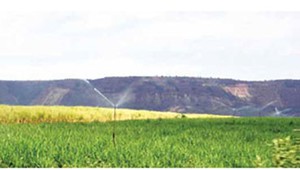
Figure 1.2 Spray irrigation in a sugar cane plantation in the Finchaa Valley, Oromia Region.
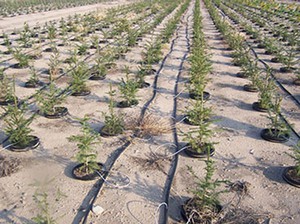
Figure 1.3 A drip-feed irrigation system. Black plastic pipes run alongside the small plants, providing each of them with water.
Industrial use
In many industries water is essential. Some industries use piped water supplied from water treatment plants while others draw the water themselves from underground sources and treat it on site for use. The water may be used either as part of the production process or as an ingredient, where water is one of the components of the product, for example in a soft-drink plant (Figure 1.4). In the production process, it can be used for cooling, washing, diluting, boiling or cooking, transportation of raw materials (for example, moving potatoes in a food factory), and as a cleaning agent.
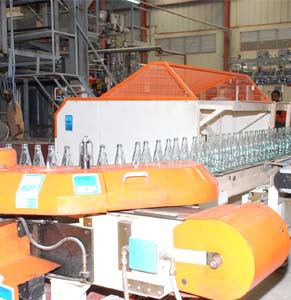
Figure 1.4 A soft-drink production plant in Ethiopia.
Mining use
Mining activities use huge amounts of water in processing ore to extract minerals. In Ethiopia, mining for gold and other valuable metals is an increasingly important part of the national economy (Figure 1.5) and would not be possible without the use of water.
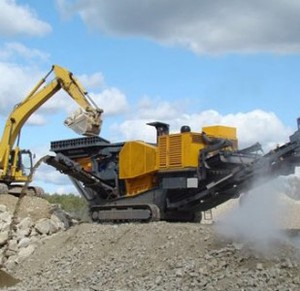
Figure 1.5 Mining for gold in Okote, Oromia Region.
Use in power generation
The rivers of Ethiopia have enormous potential for generating hydroelectric power (HEP). HEP uses the energy from moving water and converts this to electrical energy. The development of HEP has transformed energy supply in recent years and more schemes are under construction or planned. However, it is important to realise that in HEP the water is not ‘used’ in the sense of being consumed, because after passing through the HEP plant the water continues on its path in a river channel.
Another process under development in the Rift Valley area of Ethiopia is the use of geothermal energy, in which energy is derived from the heat of the Earth. This process involves drilling down into hot layers of underground rock and using this heat to convert water into steam, which is then used to drive generators to produce electricity. Figure 1.6 shows a geothermal electricity generation plant.

Figure 1.6 A geothermal power plant.
Aquacultural use
Water can also be used in aquaculture, which is the farming of aquatic organisms such as fish, crustaceans and molluscs for food. Fish farming (Figure 1.7) obviously needs water for the fish to live in! In this case,water is used to hatch fish eggs under controlled conditions, and the fish are grown to maturity in tanks or ponds, before being sold for food. Although not currently practised in Ethiopia, the business potential for aquaculture has been recognised and it may be introduced in the future (Rothuis et al., 2012).
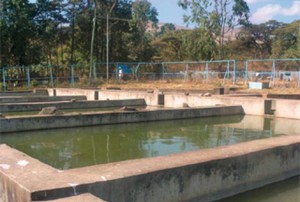
Figure 1.7 A fish farm.
Recreational use
Water plays an important role in recreational activities and here again it is not consumed in the process of its use. Boat trips are popular on many of Ethiopia’s lakes and several resorts have been built on their shores. An example is shown in Figure 1.8.
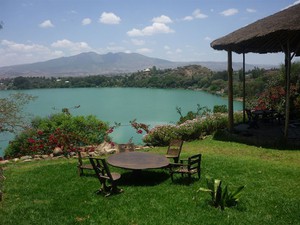
Figure 1.8 A resort at Babogaya Lake near Bishoftu.